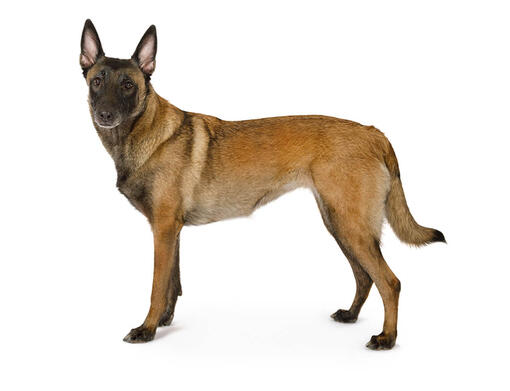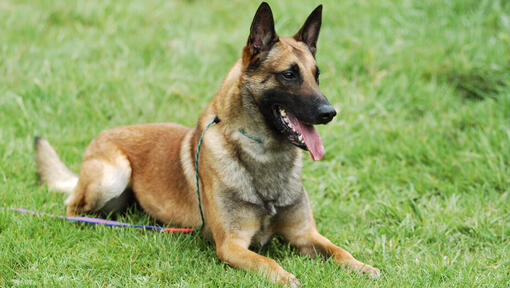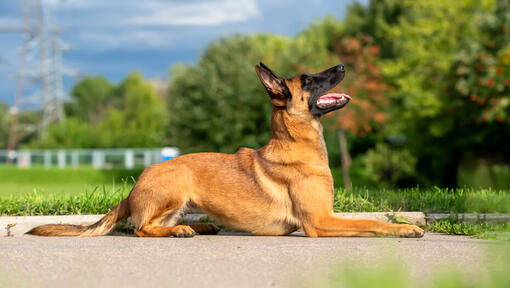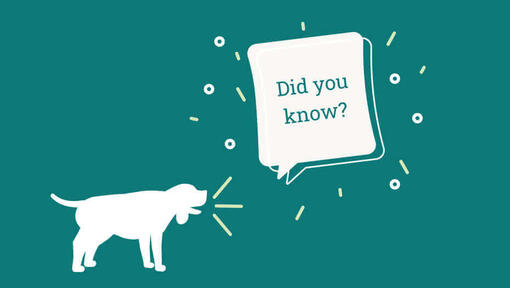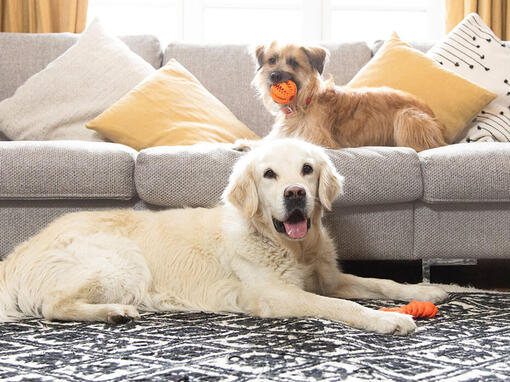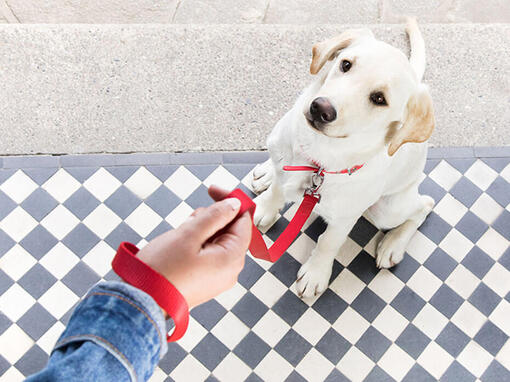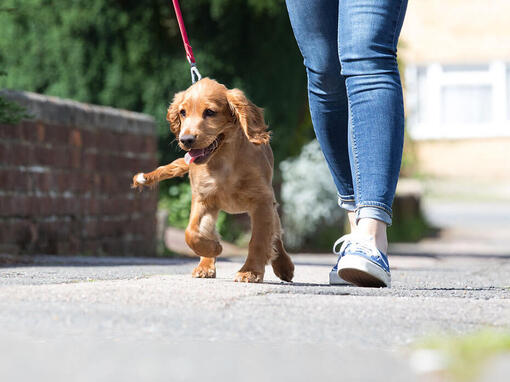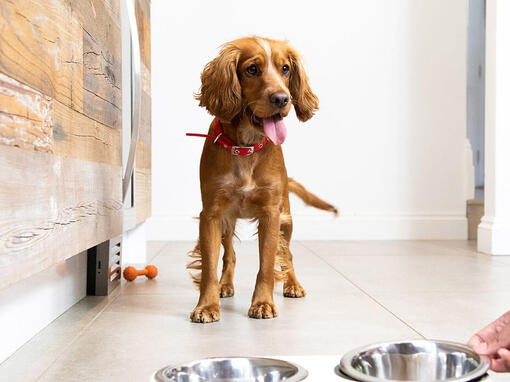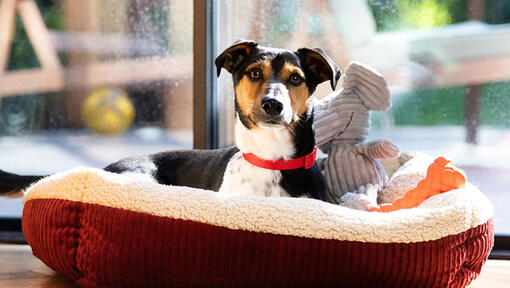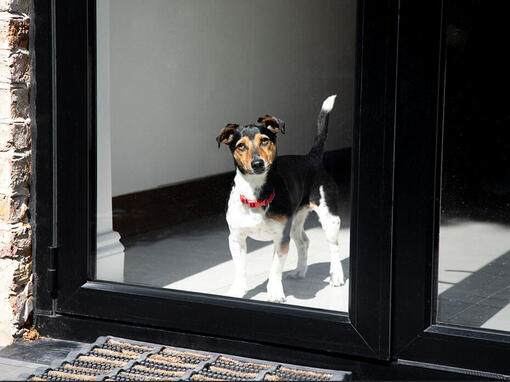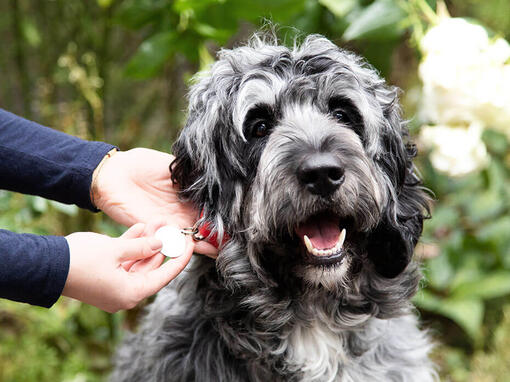Personality
To say that the Malinois is not for the faint-hearted is something of an understatement, they are not nicknamed the ‘Maligator’ for nothing. This is an affectionate, devoted but intense breed that requires an experienced owner, dedicated to training not just as a hobby, but as a lifestyle.
A well trained Malinois is capable of excelling in any sport, but they are predisposed to guard and to bite, and it would be unwise to expect anything less.
Intelligent, sharp, alert, loyal and clever, the Malinois is not a dog to under-estimate, nor to leave to entertain themselves!
